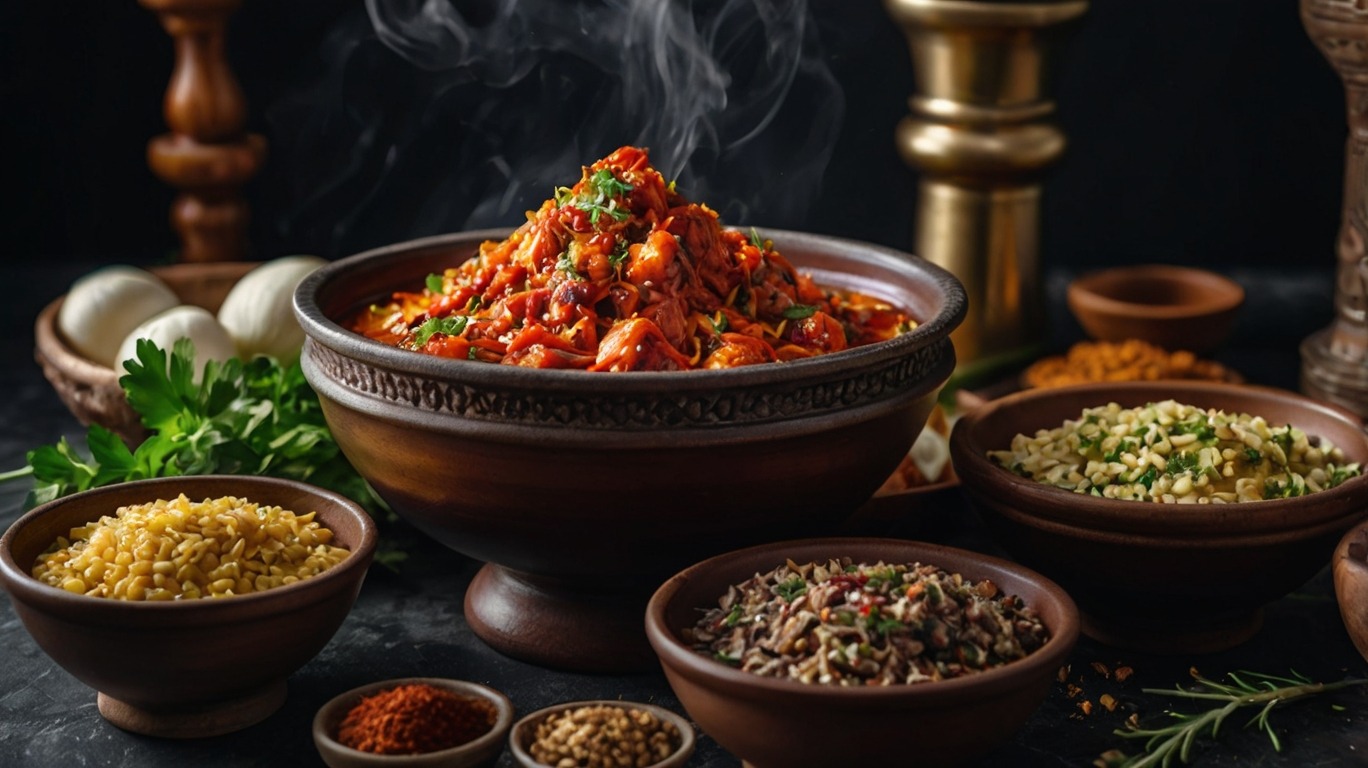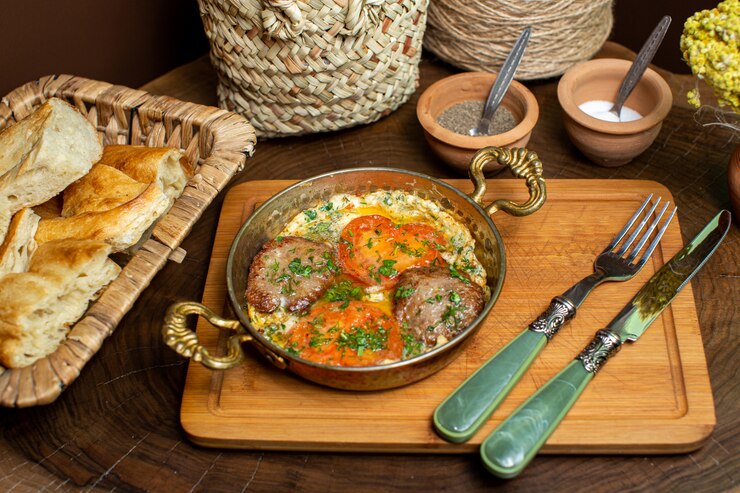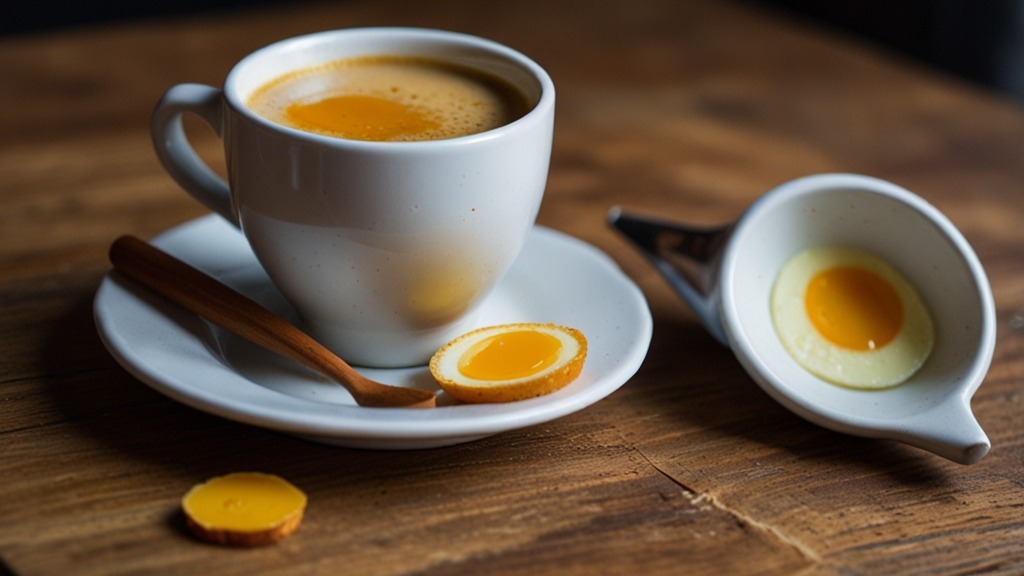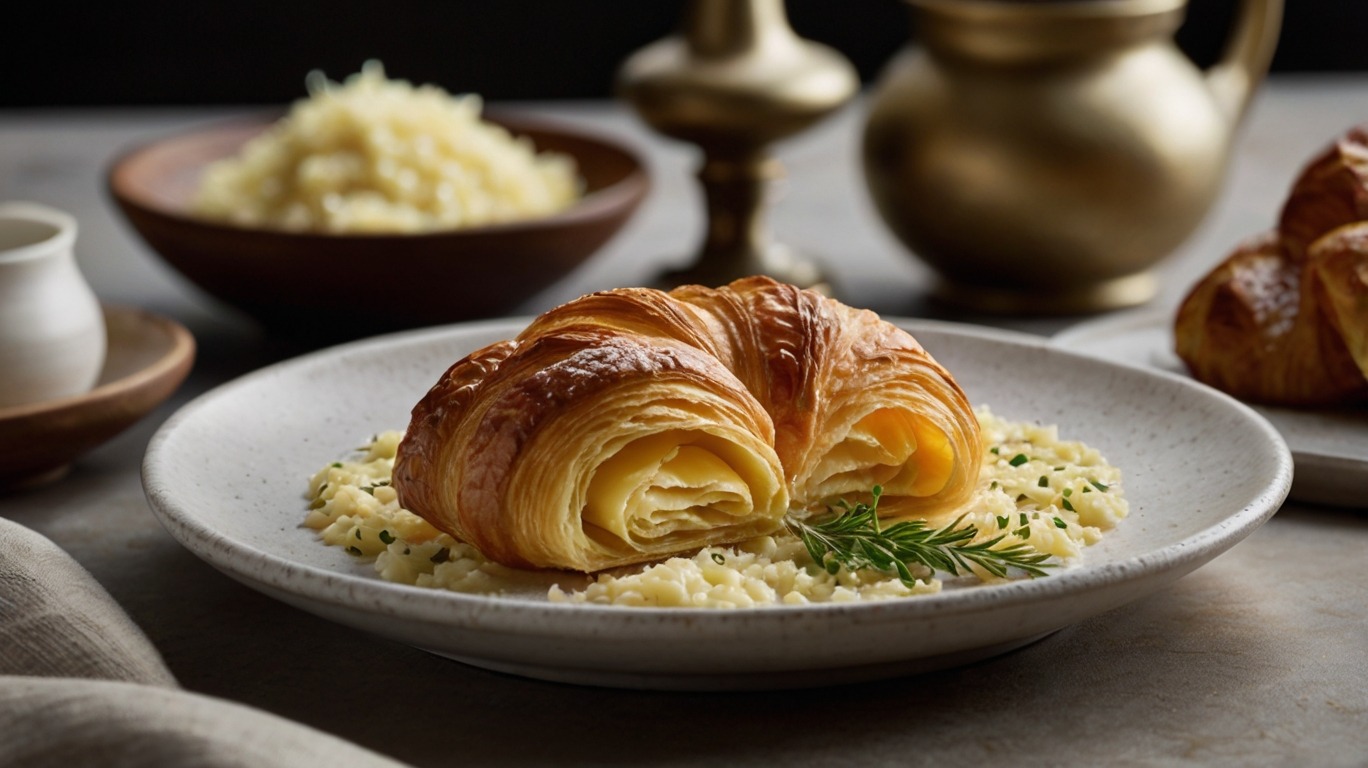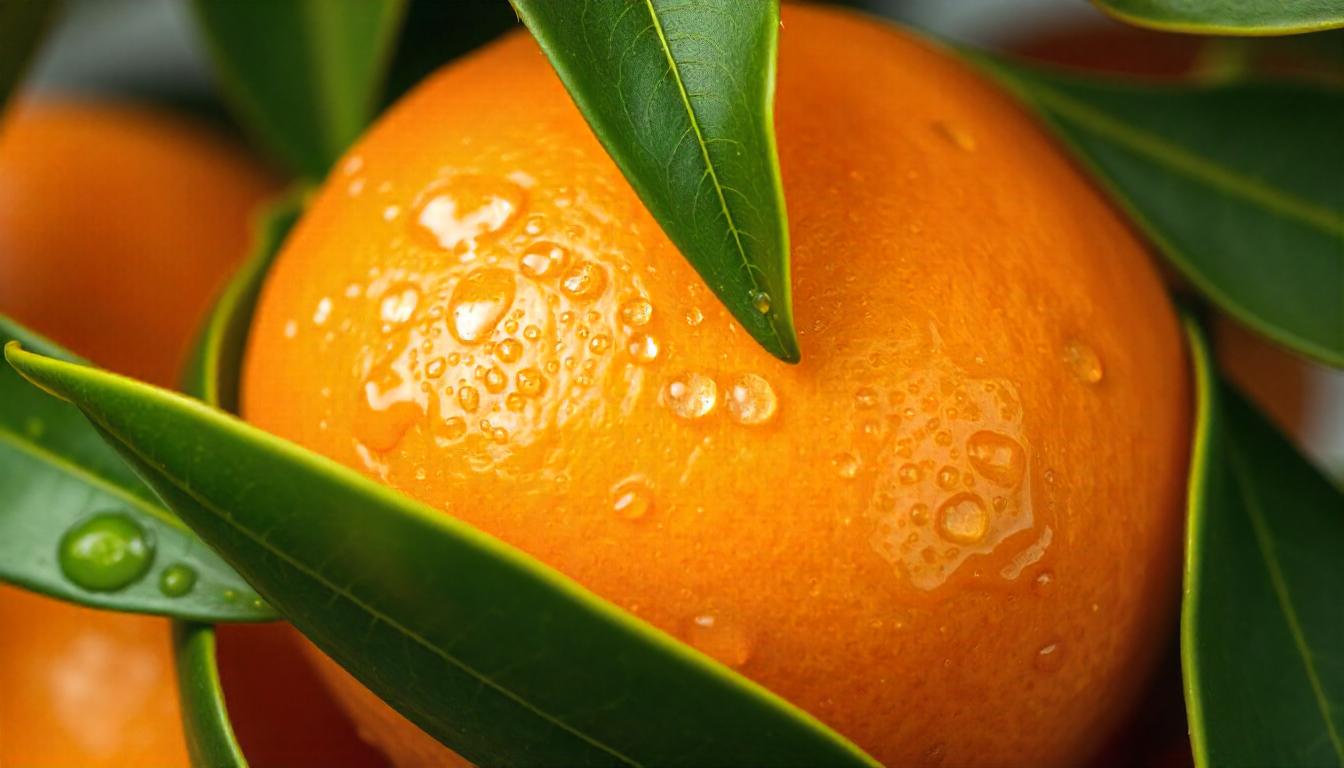Çeciir holds a unique place in Turkish culture, symbolizing tradition, unity, and sustenance. While primarily recognized as a culinary ingredient, çeciir embodies centuries-old customs that are deeply ingrained in the social fabric of communities.
This article explores the origins, cultural symbolism, culinary uses, and the challenges of preserving çeciir as an essential part of Turkish and global heritage.
Origins and Historical Background of Çeciir
Çeciir, also spelled as “Çeçir,” is a traditional Turkish dish that highlights the rich culinary heritage of the region. Its origins can be traced back to the nomadic Turkic tribes, who relied on simple and nutritious foods during their migrations.
Historical Background
- Modern Adaptations: Today, Çeciir can be found in various forms across Turkey, with regional variations that incorporate different ingredients and cooking methods. It remains a popular dish in both rural and urban settings, celebrated for its comfort and simplicity.
- Nomadic Roots: The dish is believed to have originated among the nomadic Turkic tribes, who sought easy-to-prepare meals that could sustain them during long journeys. Ingredients were often chosen for their availability and nutritional value.
- Cultural Influences: As the Turks settled in various regions, particularly in Anatolia, Çeciir absorbed influences from local cuisines. This blending of culinary traditions contributed to its unique flavor profile.
- Rural Tradition: Traditionally, Çeciir was made in rural households, where it served as a hearty meal for families. It often featured ingredients that were locally sourced, including grains, vegetables, and sometimes meat.
Cultural Symbolism of Çeciir
Çeciir holds significant cultural symbolism within Turkish cuisine and broader societal contexts. Here are some key aspects of its cultural significance:
Celebrations and Family Gatherings
Çeciir is often at the heart of Turkish celebrations and family gatherings, symbolizing unity and community. Traditional dishes prepared with cecir are shared among family members, fostering a sense of togetherness. Serving cecir-based dishes during special occasions also emphasizes gratitude and cultural continuity, creating a bridge between generations.
Çeciir as a Representation of Turkish Heritage
In Turkish culture, food serves as a powerful way to honor traditions, and çeciir epitomizes this connection. Each region brings its unique flavor to cecir dishes, contributing to Turkey’s culinary diversity. From family feasts to community festivals, cecir is a reminder of shared identity and cultural pride, resonating deeply across generations.
Turkish Çeciir Stew Traditional Recipe
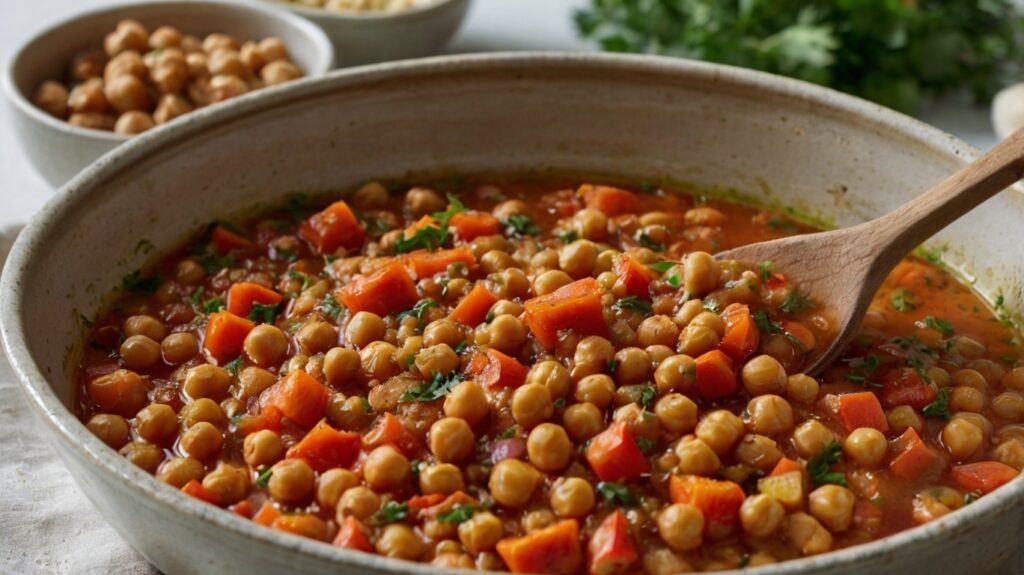
Here’s a classic recipe for Çeciir stew, a warming and nutritious Turkish dish featuring chickpeas. This stew is simple to make and captures the traditional flavors that have made cecir a beloved staple in Turkish cuisine.
Ingredients
- 1 ½ cups dried chickpeas (or two 15-ounce cans of chickpeas, drained and rinsed)
- 2 tablespoons olive oil
- 1 large onion, diced
- 2 garlic cloves, minced
- 1 large carrot, chopped
- 1 bell pepper, chopped (red or green)
- 2 cups diced tomatoes (or one 15-ounce can of diced tomatoes)
- 1 teaspoon ground cumin
- 1 teaspoon paprika
- ½ teaspoon ground black pepper
- Salt to taste
- 4 cups vegetable or chicken broth
- 1 bay leaf
- Fresh parsley or cilantro, chopped (for garnish)
Instructions
- Prepare the Chickpeas
- If using dried chickpeas, soak them overnight in water, then drain and rinse. Place the chickpeas in a pot of water, bring to a boil, and cook for 1–1.5 hours until tender. If using canned chickpeas, skip this step.
- Sauté Vegetables
- In a large pot, heat the olive oil over medium heat. Add the diced onions and sauté until soft and translucent, about 5–7 minutes. Add the minced garlic and cook for an additional minute until fragrant.
- Add Carrots and Bell Pepper
- Stir in the chopped carrots and bell pepper, and cook for 3–5 minutes until slightly softened.
- Add Tomatoes and Spices
- Add the diced tomatoes, cumin, paprika, black pepper, and salt. Stir to coat the vegetables with the spices, and cook for 2–3 minutes until the tomatoes start to break down.
- Combine with Chickpeas and Broth
- Add the cooked (or canned) chickpeas to the pot, followed by the broth and bay leaf. Stir to combine, then bring the stew to a gentle boil.
- Simmer the Stew
- Reduce the heat to low, cover, and let the stew simmer for 20–30 minutes, allowing the flavors to meld together. Adjust seasoning with salt and pepper to taste.
- Garnish and Serve
- Remove the bay leaf, then ladle the stew into bowls. Garnish with fresh parsley or cilantro, and serve with warm crusty bread or over rice for a hearty meal.
Culinary Uses of Çeciir
Çeciir, with its versatile nature, can be incorporated into various culinary applications. Here are some common uses of the dish:
Traditional Dishes Featuring Çeciir
Çeciir is widely used in traditional Turkish cuisine, particularly in dishes like:
- Soups and Stews: Known for its earthy flavor, çeciir adds depth and texture to hearty soups and stews, often paired with vegetables, herbs, and spices.
- Meze and Appetizers: cecir is a key ingredient in dishes like hummus and falafel, popular both within Turkey and across the Middle East. These dishes showcase their versatility and nutritional benefits.
- Staple Main Dishes: From pilafs to casseroles, cecir complements many grains, meats, and vegetables, making it a foundational ingredient in Turkish meals.
Modern Adaptations of Çeciir in Global Cuisine
With its rich texture and adaptability, cecir has gained popularity in global cuisine. Modern uses of çeciir include:
- Gluten-Free Flour Substitute: Ground into flour, çeciir is used for baking bread, pancakes, and pastries. Its protein-rich nature makes it a valuable alternative in gluten-free recipes.
- Meat Substitute: The rise of plant-based diets has increased çeciir’s popularity as a meat alternative in vegan burgers, tacos, and stir-fries.
- Snack Innovations: Çeciir-based snacks, like roasted chickpeas, provide a nutritious, crunchy treat enjoyed worldwide.
These innovations have made Cecir a popular choice among health-conscious and environmentally aware consumers.
Symbolism and Traditions Associated with Çeciir
Cecir is rich in symbolism and is associated with various traditions that reflect its cultural significance in Turkish society. Here are some key elements:
Hospitality
Welcoming Guests: Serving Çeciir is a gesture of hospitality. It is often prepared for guests to showcase warmth and generosity, symbolizing the importance of sharing food and welcoming others into one’s home.
Çeciir and Social Unity
In Turkish and Middle Eastern cultures, çeciir represents more than just food—it fosters social unity and collective identity. Preparing and sharing Cecir-based dishes during gatherings is an act of cultural preservation, connecting individuals through shared experiences.
Regional Variations and Unique Customs
Different regions in Turkey celebrate çeciir with unique practices. Some communities incorporate Cecir into local festivals, where it is cooked in massive communal pots, while others prepare it as part of religious ceremonies and family milestones. These variations illustrate the adaptability of Cecir within diverse cultural contexts.
Conclusion
Çeciir is a remarkable blend of tradition, nutrition, and cultural heritage. Whether enjoyed in its traditional form or as part of a modern fusion dish, Cecir holds a special place in Turkish and Middle Eastern cuisine. Its symbolism as a unifier and source of nourishment makes it a powerful representation of Turkish heritage. By embracing both its cultural significance and modern adaptations, we can ensure that Cecir continues to enrich global cuisine for generations to come.
FAQs
1. What exactly is çeciir?
Çeciir traditionally refers to chickpeas and the dishes made from them in Turkish cuisine. It represents a range of chickpea-based recipes that are symbolic of nourishment and community in Turkish culture.
2. Can I substitute canned chickpeas for dried chickpeas?
Yes, canned chickpeas work well and save time in recipes. Just rinse and drain them before adding them to your stew. Dried chickpeas provide a slightly better texture but require soaking and longer cooking.
3. Is Cecir only used in Turkish cuisine?
While Cecir is a staple in Turkish cuisine, it is also common in Middle Eastern, Mediterranean, and North African dishes. Its versatility has made it popular in global cuisines, especially in vegetarian and vegan diets.
4. How can I make Cecir more flavorful?
To enhance the flavor, consider adding a touch of smoked paprika or cayenne for a smoky or spicy kick. You can also add fresh herbs like thyme or rosemary to elevate the stew’s depth.
5. Is Cecir gluten-free?
Yes, chickpeas (the main ingredient in Cecir dishes) are naturally gluten-free, making them suitable for gluten-free diets. Be mindful of any added ingredients or seasonings that may contain gluten.






